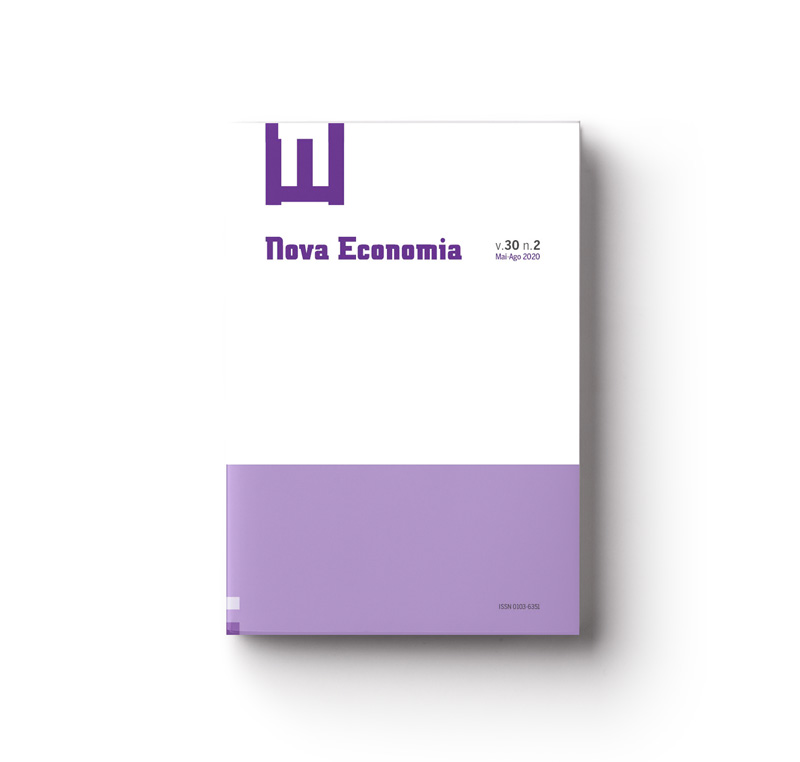Brazilian Import Demand of Dairy Products with Emphasis in the Mercosul Context
Abstract
Brazil is the largest milk producer in South America, with an increasing trend in the last 20 years which allowed the country to start exporting some output. However, it has not become self-reliant and continues to be a major importer in the region, the most relevant partner for Argentina and Uruguay in Mercosul. In this paper, the Brazilian import demand of dairy products is estimated by using a source differentiated demand system framework that is derived from consumer theory. This model takes into account the countries of origin (i.e., Argentina, Uruguay and other grouped competitors) and various dairy aggregated items that compete in the Brazilian market. The expenditure elasticities, and the own and cross-price elasticities are computed with the estimated parameters of the demand system. Interpretation of results follows as well as some conclusions, including the need of further studies and usefulness of this type of research.
Downloads
Published
How to Cite
Issue
Section
License
Copyright (c) 2020 Rodrigo García Arancibia, Edith Depetris Guiguet

This work is licensed under a Creative Commons Attribution 4.0 International License.
Authors who publish with this journal agree to the following terms:
- Authors retain copyright and grant the journal right of first publication with the work simultaneously licensed under a Creative Commons Attribution 4.0 International License that allows others to share the work with an acknowledgement of the work's authorship and initial publication in this journal.
- Authors are able to enter into separate, additional contractual arrangements for the non-exclusive distribution of the journal's published version of the work (e.g., post it to an institutional repository or publish it in a book), with an acknowledgement of its initial publication in this journal.
- Authors are permitted and encouraged to post their work online (e.g., in institutional repositories or on their website) prior to and during the submission process, as it can lead to productive exchanges, as well as earlier and greater citation of published work (See The Effect of Open Access).




